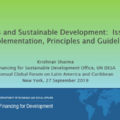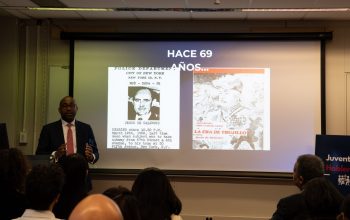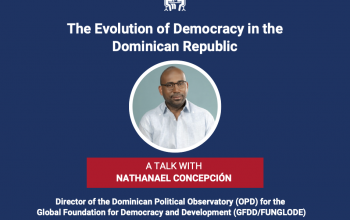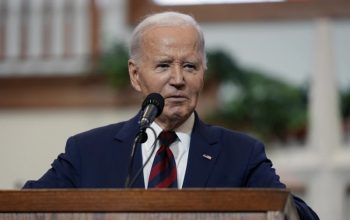news
The Public-Private Alliances Model as an Instrument for Development: The Final Goal is Community Wellbeing
September 27, 2019
New York – The debate of the second session on Friday of the Global Forum Latin America and the Caribbean focused on “Public-private partnerships for development,” with an exhaustive analysis on the financial model and a vision about how we must adapt to new times, as well as a change on the focus so that it is not only infrastructure projects that benefit from PPPs.
The panel, moderated by Ivan Rebolledo, Ivan Rebolledo, Co-Founder and Managing Partner, TerraNova Strategic Partners, LLC, featured Martin Chrisney, Senior Director, International Development Assistance Services (IDAS) Institute; José Manuel Vassallo, Professor, Universidad Politécnica de Madrid (UPM) and Laura Abreu Malla, Specialist on Educational Policies and Multisectorial Initiatives. The presentation was led Krishnan Sharma, Chief, Strategic Engagement Unit, Financing for Development Office, United Nations.
The Addis Abeba Action Agenda refers to the public-private alliances including “projects that involve joint financing, including public-private associations, they should share risks and reward fairly, entail clear mechanisms of responsibility and meet social and environmental standards.”
Sharma explained that in the developed economies, an average of two thirds of infrastructure is financed by the private sector and a third by the public sector, while the contrary tends to be true in developing countries. “The recent increase in the participation of the private sector in the financing of infrastructure, especially in electricity and telecommunications, is limited to middle-income countries. Private finances continue to make up just a small portion of the investment in total investment in the world of development.”
Objectives
From a public policy perspective, added the Chief of the Strategic Engagement Unit, Financing for Development Office at the United Nations, the main goal of alliances between public and private sectors is that it should result in “an improvement in the quality and efficiency of services provided to the citizen.”
Sharma explained that results until now suggest that “PPPs are more appropriate for infrastructure projects like with transport and electricity. However, it’s less likely to generate benefits in the social sector, like with hospitals and schools.” Including in the most viable sectors, the efficiency of PPPs depends on the institutional capacity of countries to create them, manage them and evaluate them effectively, he said.
However, experts on the panel supported creating a new vision where PPPs can be used for social and educational investment as well.
In that sense, Martín Chrisney maintained that the biggest challenges for poverty in the world need collaboration from many groups. “We have to amplify the perspectives of PPPs. There are many other areas where we should, and we can apply this type of alliance.”
“The private sector is interested in getting involved in many social projects through PPPs, but we need better legislation and regulatory frameworks,” he continued. Chrisney, also asked: “If the need is so great, why can’t it happen? What is taking place is that there is a huge lack of confidence between the involved parties. There is a big gap; corruption has eroded that relationship… and we’ve got to take small steps to consolidate the model.”
Furthermore, professor José Manuel Vasallo emphasized that “this model is basically an instrument, the final goal is community wellbeing. It is important to avoid saying that if the project fails it is the fault of the PPP, something that has been observed in many studies; there are many implicated factors.”
Furthermore, the UPM professor added that the model is useful “but we have to improve constantly; we should move to a more flexible model, through instruments that allow for including variations in original contracts, for example.”
Laura Abreu Malla defended the possibility that this model be applied to other sectors outside of infrastructure. “I am wondering if we could change the focus, for example, to education and social projects. They would require more evaluations, yes; but it would generate culture, change, in the long term.”
Abreu made reference to the best-known case of the Dominican Republic. “The achievement of the educational revolution in the Dominican Republic is the result of a multisectoral effort. It’s based on multisectoral goals and work, for example; the path for more alliances exists.”
 View Presentation
View Presentation
Panel 5: Public-private partnerships for development
Autor: Krishnan Sharma, Chief, Strategic Engagement Unit, Financing for Development Office, United Nations
More information about the Global Forum Latin America and the Caribbean
About the panelists: https://www.globalforumlac.org/en/panelistas/
Join the conversation @GlobalForumLAC on Twitter, Facebook and Instagram.



















